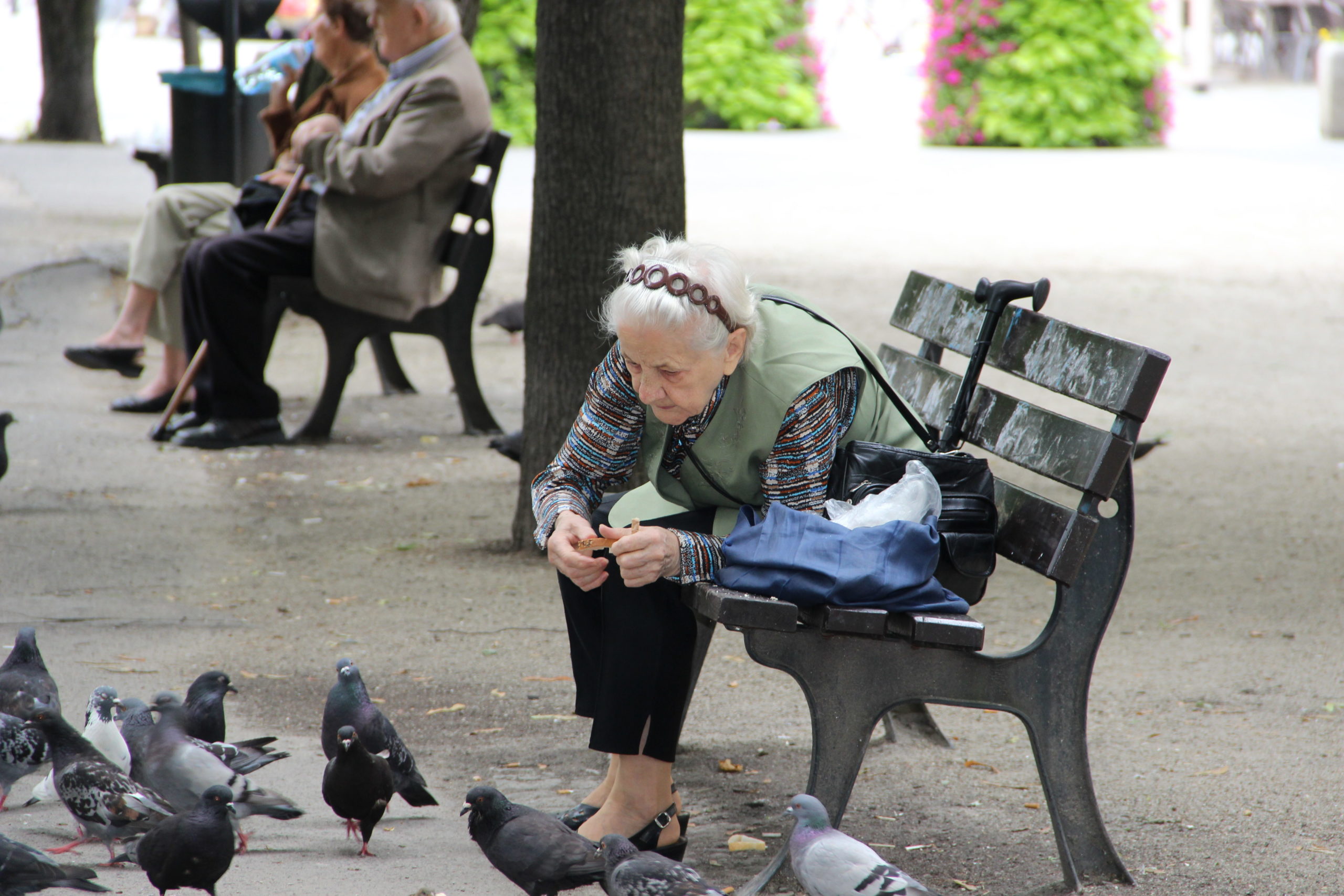Last month, the National Foundation to End Senior Hunger (NFESH) and Feeding America released The State of Senior Hunger in America in 2015, a study about the threat of hunger among seniors in the U.S. The report finds that 14.7 percent of seniors were threatened by hunger in 2015 and represents a slight decrease over the prior year. Despite relative improvement, the rate and number of seniors affected remains well above pre-recession levels.
“While a reduction in the percent of our nation’s seniors who sometimes find themselves lacking access to nutritious food is good news, it is not good enough,” said NFESH Founder and CEO Enid Borden. “After six successive years of increases, NFESH is delighted to see an end to that upward trend. But we certainly cannot say it heralds the end of the problem. Time will tell whether this year’s numbers represent a turning of the tide. Even if they do, it is not the proverbial tide that lifts all boats. While the overall national percentage dropped, the same is not true for all states. In fact, many states saw increases in the percent of seniors threatened by hunger. We have much more work to do.”
This latest report documents the characteristics of seniors who struggle to meet their nutritional needs.
Specifically, in 2015, researchers found:
- Seniors who are racial or ethnic minorities, low-income or younger vs. older (age 60-69 vs. age 80+) were most likely to be affected
- Seniors who reported a disability were disproportionately affected, with 38 percent reporting marginal food security (hunger threat)
- Senior food insecurity rates vary by state, ranging from 6.1% in North Dakota to 24.3% in Mississippi
- Seniors living in the South are more likely to be adversely affected
- Food insecurity adversely affects a person’s health, and the implications can be particularly problematic for seniors. Compared to food-secure seniors, food-insecure seniors:
- Consume fewer calories and lower quantities of key nutrients.
- Are more likely to experience negative health conditions, including depression, asthma, and chest pain
In examining the extent of the threat of hunger nationally among seniors in 2015, the report also provides the rates of senior hunger in each of the 50 states and the District of Columbia.
The State of Senior Hunger in America in 2015 was produced by Feeding America in partnership with NFESH. The study was conducted by researchers Dr. James Ziliak and Dr. Craig Gundersen and is the source for national- and state-level information about food insecurity among seniors age 60 and older, as well as data about related health implications. An executive summary of the report can be found at www.nfesh.org/research.


